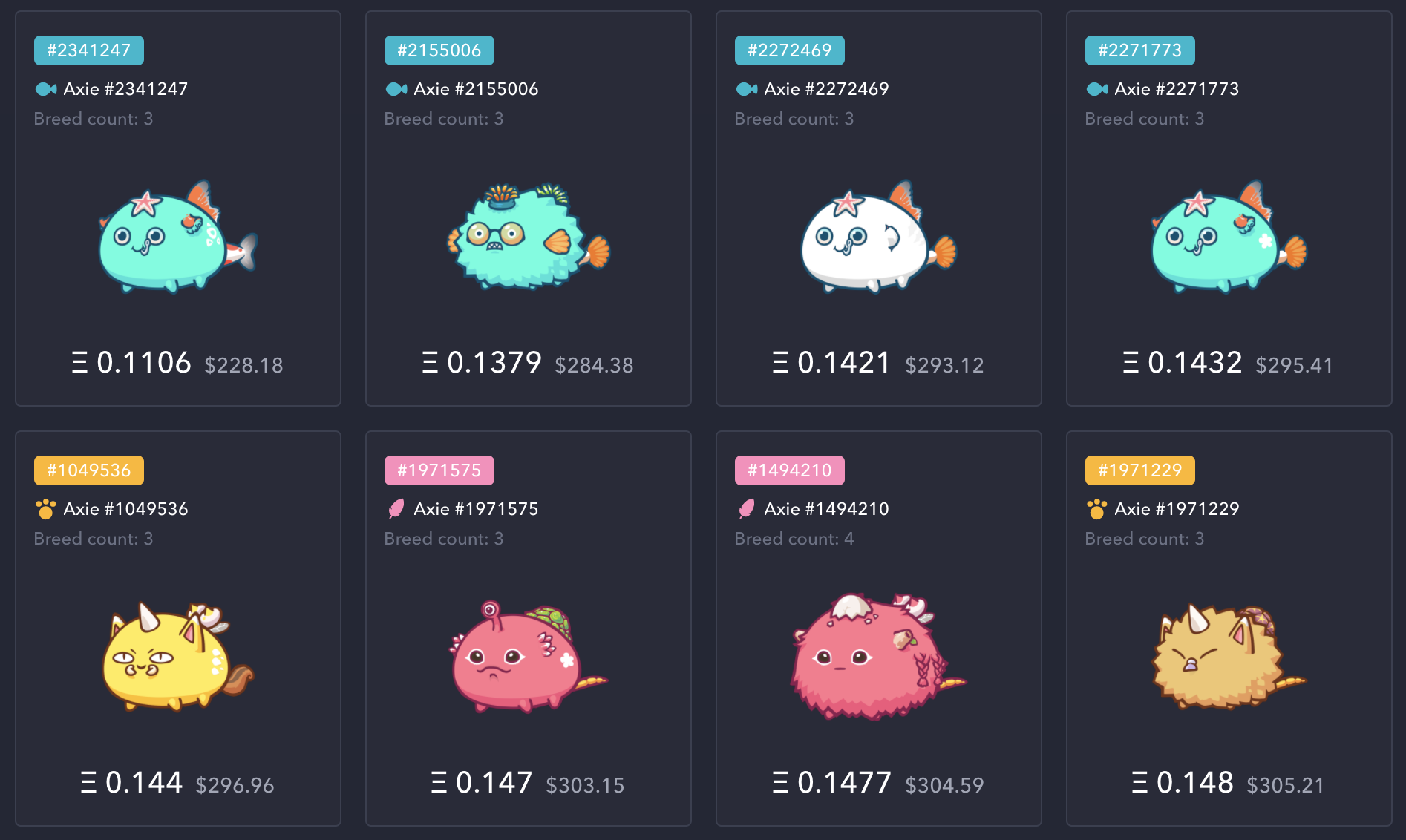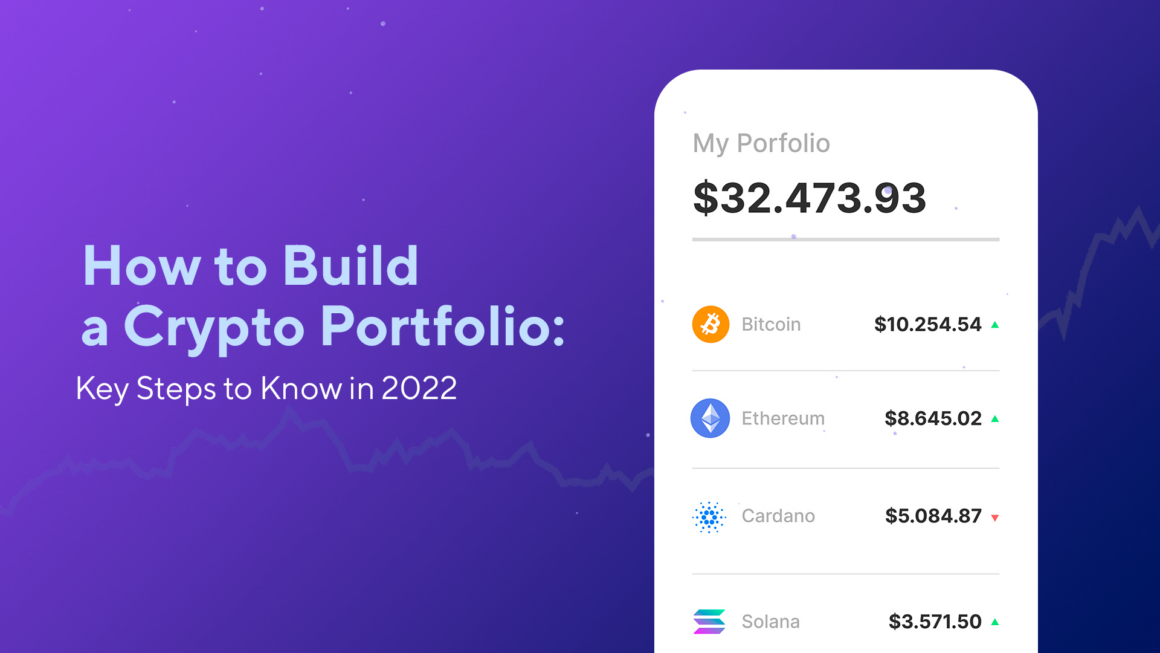A cryptocurrency portfolio is created to diversify investments. Buying one coin with all the money is too risky since success depends only on its rate. If the value drops significantly or the asset loses value, then its investor may end up in the red.
When building a portfolio, currencies of different types and characteristics are selected so that the balance grows or is protected from a sharp fall with any market movement. For example, if one of the three coins has fallen in price by 20%, and the other two have grown by 10%, then the investor does not lose anything.
What Types of Cryptocurrencies Exist?
-
- Payment. It’s the oldest type of coin that can only be used as a means of payment. They do not support smart contracts and other advanced features. These are Bitcoin, Litecoin, Ripple, etc.
-
- Blockchain tokens with smart contracts. Such networks allow developers to run decentralized applications, thanks to which the DeFi sector is actively developing. Coins like ETH, XRP, and SOL ensure the functioning of the blockchain ecosystem — therefore, they are always in demand.
-
- Crypto exchange tokens. All major trading platforms have released their coins — Huobi Token, Binance coin, BitMax Token, KuCoin Shares, etc. They are needed to pay commissions and receive VIP privileges or discounts. Such tokens are created on an external or own blockchain and do not carry any property rights.
-
- Security tokens serve as an analog of securities in the blockchain world. They can be understood as bonds, shares, and the right to participate in voting. This is one of the most reliable types of cryptocurrencies since it is necessary to undergo approval and licensing from regulators before their launching. Only a few companies receive permission, so it is almost impossible to become a victim of scammers.
-
- Stablecoins. The rate of such coins is tied to the price of traditional reliable assets (gold, platinum, dollar, pound, oil). People convert money into stablecoins to safely ride out market crashes.
-
- Governance tokens. Such tokens are used in DeFi projects like BurgerSwap, Uniswap, PancakeSwap, etc. They give the right to vote when choosing new rules, commission rates, admission to listing, or the overall development strategy of the project.
-
- Utility tokens provide access to services or products. They can be used when working with DApps, as well as for paying fees for transfers on the network and raising funds for IEO, IDO, or IFO.
-
- Meme coins were initially created as a joke. The rate often depends only on the mood of the community. For example, a tweet from a celebrity like Elon Musk can pump a rate 10 times in a couple of days. This is exactly what happened with DOGE and Shiba Inu.

Which Types of Tokens to Include in a Crypto Portfolio?
The selection of cryptocurrencies depends on a large number of factors:
-
- acceptable level of risk;
-
- planning horizon (1 or 3 years);
-
- the current state of the market (bullish or bearish trend, crypto winter, altcoin season, etc.);
-
- investor goals;
-
- amount of initial capital.
Here’s what to buy regardless of a starting position of an investor:
-
- Payment. It’s desirable to allocate from 10% to 30% of a portfolio for Bitcoin, which continues to grow from year to year despite temporary difficulties.
-
- Smart blockchain tokens. Based on these systems, the DeFi and NFT sectors are actively developing, affecting the price of coins. Solana, Binance Coin, and Ethereum are very likely to continue growing in the coming year.
-
- Governance coins of DeFi platforms. The market for decentralized applications, crypto lending, and staking depends on these assets. The decentralized finance sector is growing faster than others, so this type of token will definitely increase in price. For example, BURGER, UNI, CAKE, AAVE.
-
- Utility. They also serve a developing market. For example, DOTs are required to be bought and held by everyone who wants to participate in new IDOs on the PolkaStarter top launchpad.
-
- Crypto exchange tokens. It’s a reliable tool that is used to keep cryptocurrency platforms running.
Optionally, you can add 2-5% of NFT, gaming, and meme-coins to your portfolio. Still, it’s important to take into account that:
-
- the most accessible non-fungible tokens for beginners work on the BSC blockchain;
-
- in-game tokens are often distributed in the form of mystery boxes;
-
- meme coins’ rates are difficult to predict, so many people invest in them randomly.
Holding stablecoins only makes sense to participate in liquidity farming, staking, and other pools.
How Much Crypto Should Be in Your Portfolio?
A well-built portfolio should protect your investments against the most uncomfortable market movements. For example, a set of promising altcoins will secure Bitcoin at the end of the alt season. Therefore, one should first select 3-5 promising assets and then balance a portfolio with opposites from other areas or applications.
A beginner’s portfolio can contain from 5 to 10 cryptocurrencies. If less, then there will be a bias towards excessive conservatism or risks. If more, then it will not be possible to qualitatively monitor all assets or make decisions on time.
How to Rebalance a Cryptocurrency Portfolio?
Each investor has their own opinion about a well-balanced portfolio, but there are some universal rules. If the majority of investments are high-risk coins, then there is a serious imbalance — even an initially high-quality portfolio can become imbalanced in a couple of months.
Reasons for rebalancing:
-
- some assets have become excessively volatile, and poorly predictable;
-
- due to a serious increase/fall in value, the shares of assets have changed.
Three Strategies for Mitigating Risks:
-
- Selling more expensive coins to buy cheaper ones.
-
- Additional investment to acquire more assets.
-
- Changing the ratio in the portfolio towards more profitable tokens.
You can carry out the procedure monthly or according to the market situation.
Conclusion
The cryptocurrency market is very volatile and unstable. A well-balanced crypto portfolio and wise investments can offset some of the losses that occur with a Bitcoin crash, so it’s always worth having some diversification.
If you’re wondering where to buy your first crypto, you should definitely think about doing it at Switchere. On our platform, you have an opportunity to buy all leading cryptocurrencies in the fastest and most convenient ways using any available payment method. Moreover, we offer some surprising bonuses! Users of our platform enjoy a 0% service fee for the first order.
Disclaimer
This information is provided for informational purposes only. Such information is not intended as and may not be relied upon as trading advice. Before deciding to trade cryptocurrencies, you should carefully consider your objectives, level of experience, and risk appetite. Please do your own research and due diligence on the services provided by online cryptocurrency trading platforms.

Leave a Reply